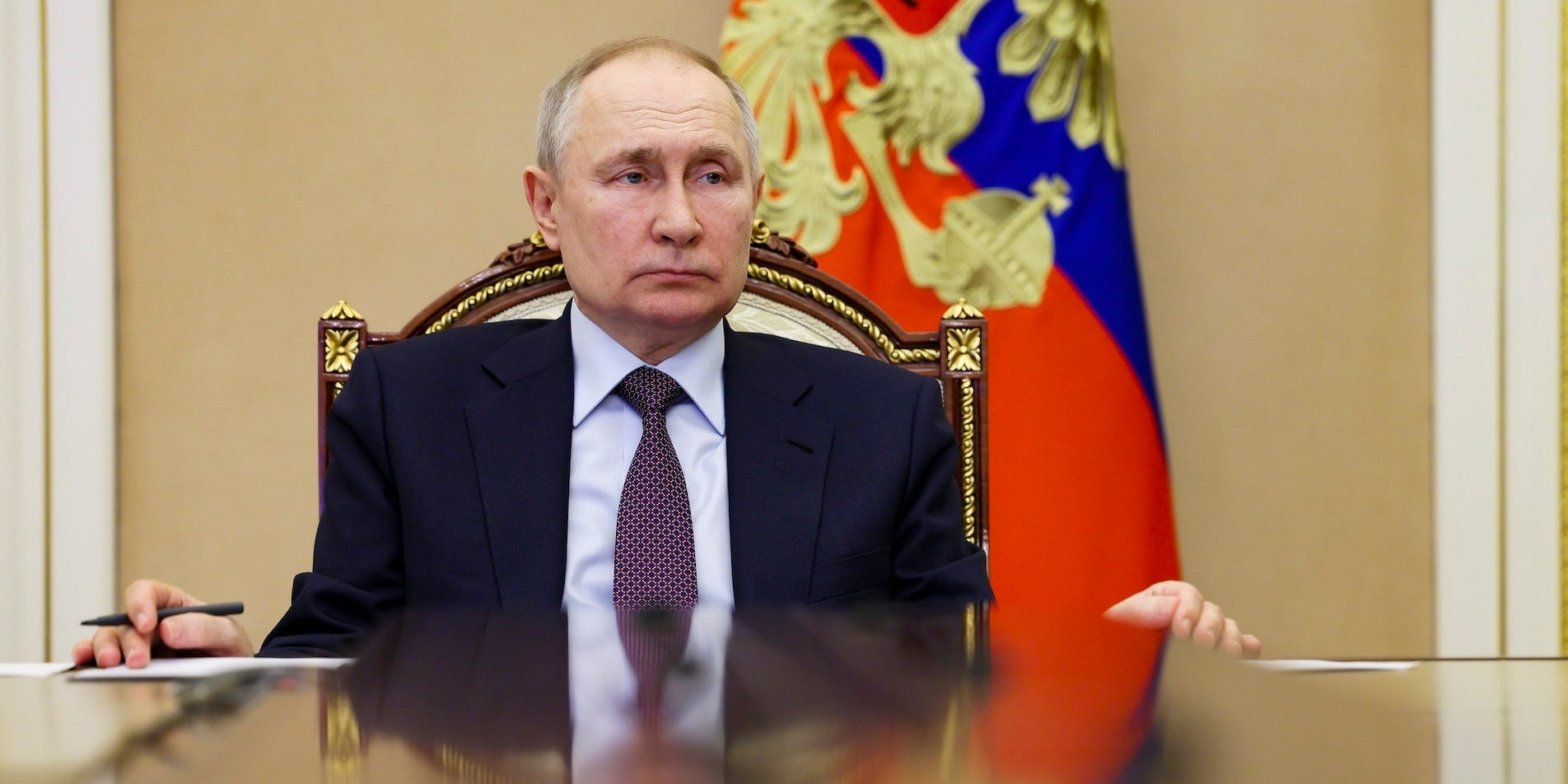Russia’s economy is going from bad to worse as Western sanctions hammer the country’s key sectors. From slumping car sales to a plunging Russia ruble, the problems Russia faces keep on growing. Here are key signs showing how Moscow’s economy is spiraling. Loading Something is loading.
Thanks for signing up!
Access your favorite topics in a personalized feed while you’re on the go.
Russia’s economy just keeps getting worse – and there are plenty of ways to show that.
From plunging car sales to a dramatic collapse in its current-account surplus, there’s no way to hide Moscow’s troubles.
The country’s economic woes have multiplied since its invasion of Ukraine early last year. The conflict has triggered a wave of sanctions from the Western world. Some have even blamed Russian President Vladimir Putin for inflicting so much pain on the nation, with Yale researchers saying he’s “cannibalizing” Russia’s economy in his urge to conquer Ukraine.
“The lion’s share of the economy is controlled by the state, the energy and financial sectors, and Putin is taking from the seed capital of those businesses to use as a cookie jar for his war chest,” researchers Jeffrey Sonnenfeld and Steven Tian said.
Russians are buying fewer cars Russia’s car industry is one part of the economy that’s being squeezed.
Insider’s Phil Rosen reported that car sales in Moscow have tanked by nearly 75% since the Ukraine war broke out. The decline has been fueled by a mix of three factors: soaring prices, decreasing supply, and deteriorating consumer sentiment.
“Russians are just buying less cars, period,” Tian said. “That speaks to the weakness of the consumer in Russia. This is as close to a proxy to deteriorating consumer sentiment as there is, and the story it tells is profoundly distressing. Russians just aren’t spending money.”
At the same time, the number of Russians buying foreign-branded cars – typically viewed as luxury purchases – has neared a standstill. Instead, consumers are buying locally sourced cars, many of which are riddled with mechanical issues.
Plunging exportsAnother sign that Russia’s economy is flailing is the dramatic collapse in its current-account balance.
Moscow’s central bank posted a 93% year-on-year drop in its current-account surplus for the April-June quarter. it fell from a record $76.7 billion to $5.4 billion.
The rough financials show how badly Western sanctions are biting the country, particularly its key energy sector where its oil-and-gas exports have taken a huge hit after price caps and bans were imposed.
Energy export revenue Moscow garners a big chunk of its revenue from sales of oil and gas products, but Western penalties have eroded that income stream.
In June, Russia’s Finance Ministry said that revenue from oil-and-gas taxes fell 36% compared to a year ago to about 571 billion rubles, and that profits from crude and petroleum products tumbled 31% to 426 billion rubles.
Ruble in freefall Adding to Russia’s troubles is a tumbling ruble. The country’s currency slumped to a 15-month low of 94.48 against the dollar earlier in July, triggered by capital flight, shrinking tax revenues, and declining central-bank reserves.
“The ruble doesn’t have anywhere to go but down,” Konstantin Sonin, a University of Chicago economist, said in a tweet.
Concerns about the currency’s volatility have prompted a wave of domestic withdrawals from the country’s central bank, amounting to over $1 billion. The bank run was mainly fueled by the recent Wagner revolt.
Russia’s weakening currency has forced the country to take desperate measures. Recently, Russia’s foreign minister urged Southeast Asian countries to dump the dollar and use local currencies to conduct trade.
